Tyre recycling plant uses pyrolysis technology to convert waste tyres into raw materials for making new tyres. As an environmentally friendly and efficient treatment method, pyrolysis technology has opened up a new path for the recycling of waste tyres. The following will introduce in detail the recycling process of waste tyres after pyrolysis into new tyres.
Waste tyres are fed into the tyre recycling plant. The pyrolysis machine converts waste tyres into pyrolysis gas, pyrolysis oil and carbon black products in an oxygen-free high-temperature environment.
The main components of pyrolysis gas include syngas (hydrogen, methane, and ethylene), which can be recycled as energy. Pyrolysis oil is rich in organic compounds (aromatics and alkanes). Carbon black retains the carbon element in tyre rubber, which are important raw materials for making new tyres.
Then, the pyrolysis products of tyre recycling plant are finely separated by separation techniques, such as condensation, filtration, and adsorption.
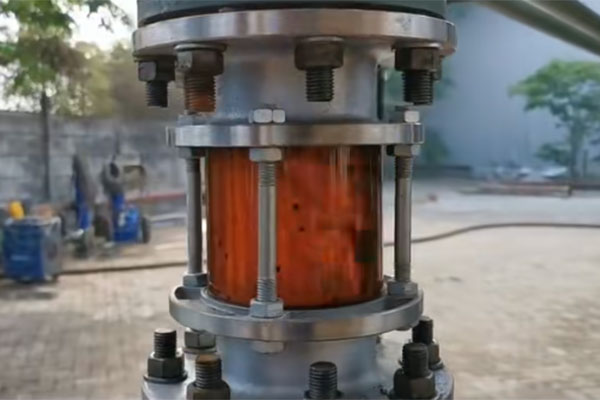
Pyrolysis oil contains some impurities and unstable components. It needs to go through pyrolysis oil distillation plant to remove impurities and adjust the composition. So that pyrolysis oil can meet the requirements of rubber processing. It can be used as a raw material to replace traditional rubber additives.
The surface of tyre pyrolysis carbon black contains impurities, which will affect its dispersibility and reinforcement effect in rubber. Therefore, it needs to be surface modified. Through physical or chemical methods, the surface activity of carbon black is improved so that it can be better combined with the rubber matrix.
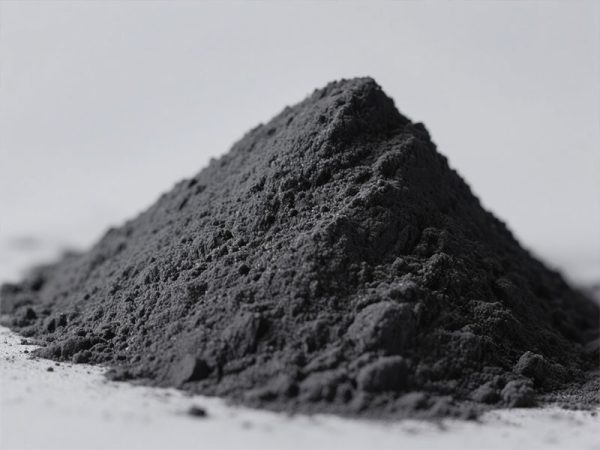
Mix the pretreated carbon black, pyrolysis oil and rubber in a certain proportion. Add compounding agents for mixing. During the mixing process, various raw materials and compounding agents are fully dispersed and evenly dispersed, So that the rubber obtains the required physical and chemical properties, such as strength, elasticity, wear resistance, etc.
The mixed rubber compound is sent to the tyre forming machine. According to the structural design of the tyre, it is gradually formed into a tyre blank through processes, such as extrusion, calendering, and lamination. The molded tyre blank does not have sufficient strength and elasticity and needs to be vulcanized. The vulcanized tyre has good wear resistance, aging resistance and fatigue resistance, which can meet the requirements of vehicle driving. After the new tyre is manufactured, it needs to go through a strict quality inspection link.
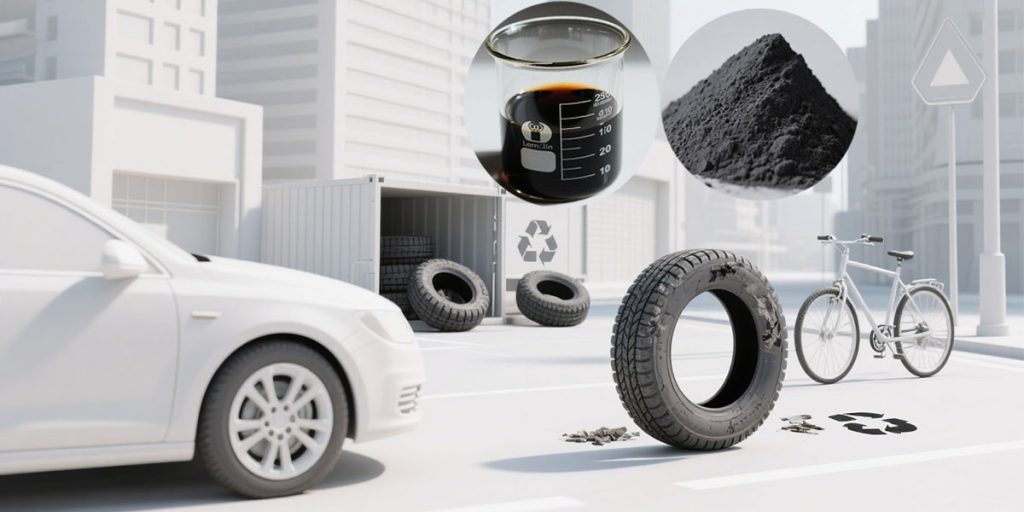
The pyrolysis oil and carbon black of tyre recycling plant pyrolysis products into new tyres has significant economic and environmental benefits. It not only effectively solves the environmental problems caused by waste tyres, but also realizes the efficient recycling of resources.
With the continuous advancement and improvement of pyrolysis technology, this recycling process will be more efficient and environmentally friendly, providing strong support for the sustainable development of the tyre industry.
Mingjie Group is an experienced tyre recycling plant manufacturer and supplier. We have profound knowledge in the field of polymer waste pyrolysis technology, and our business covers R&D, equipment manufacturing and sales. In the pyrolysis equipment, waste tyres are decomposed into pyrolysis gas, pyrolysis oil and carbon black in an oxygen-free or low-oxygen high-temperature environment.
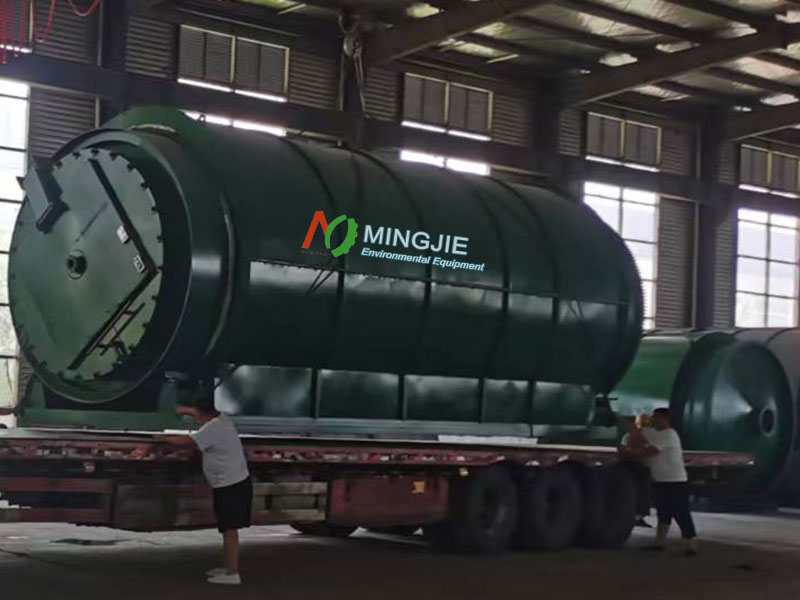

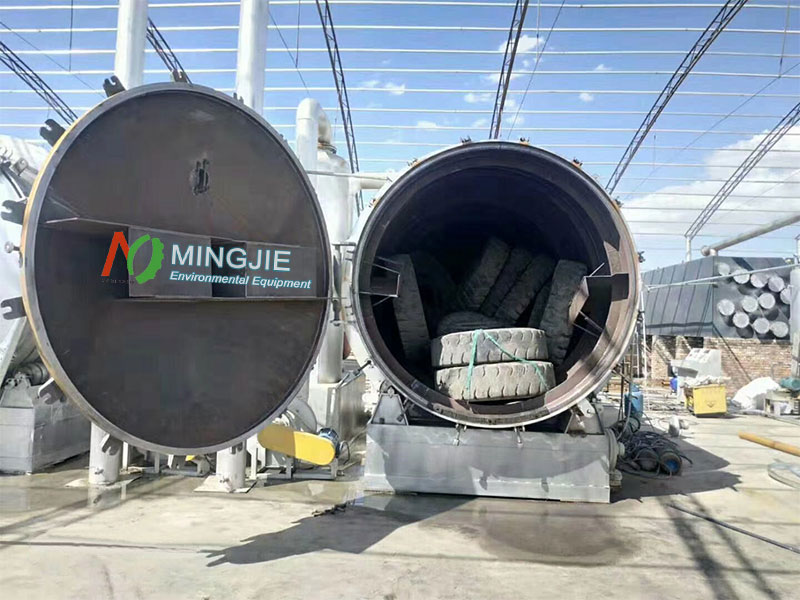
Mingjie tyre pyrolysis plant for sale has significant advantages and has obtained CE and ISO certification. Our pyrolysis has not only been successfully applied in many domestic project sites, but its equipment has also been exported to Australia, Chile, Bahrain, Thailand, the Philippines, and other countries. We have achieved remarkable results in achieving waste reduction, harmless treatment and resource utilization.
Our waste tyre recycling plants can be divided into two types according to their working methods: batch and continuous. For waste tyre pyrolysis, Mingjie Group offers a variety of pyrolysis machines, including skid-mounted small pyrolysis equipment (MJ-2), batch pyrolysis plants (MJ-6, MJ-10, MJ-12, MJ-15), semi-continuous pyrolysis plant (MJL-15) and fully automatic pyrolysis plant (MLL-20, MLL-30). In addition to these standard models, Mingjie Group can also customize the pyrolysis equipment according to customer needs.

An Australian general waste and tire recycling authoritative body turned to Environment Minister Sussan Ley in November last year with a request to prohibit whole bale tire…
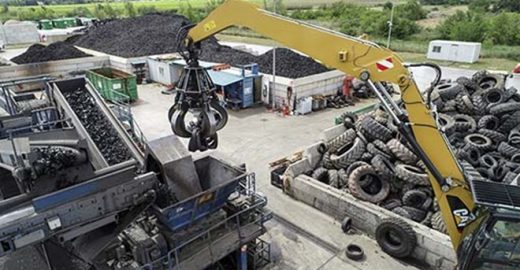
Aliapur – a French end-of-life tire management authority – recently announced a call for applications to participate in a tender to renew end-of-life tire collection and recycling contacts for 2021–2024..